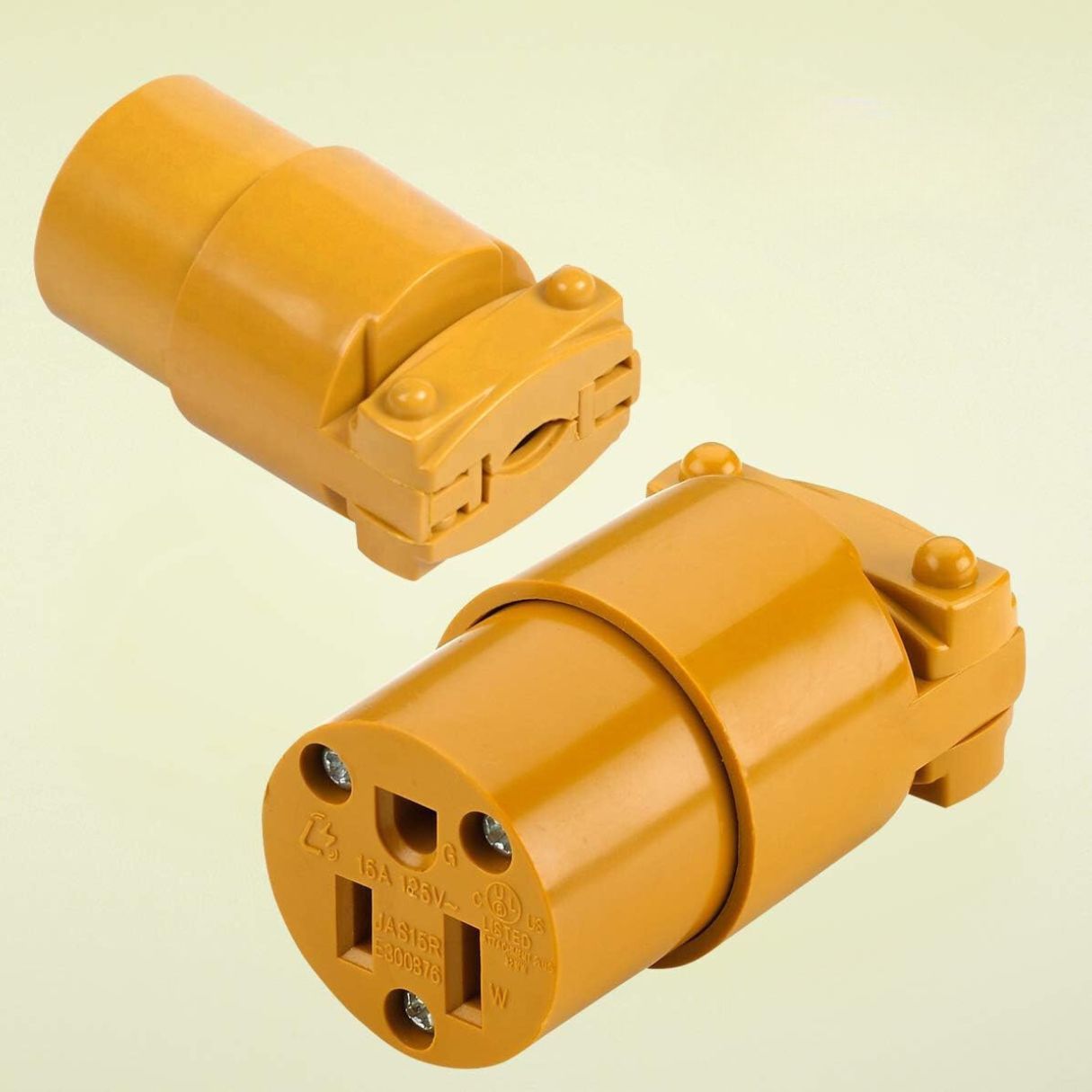

Articles
13 Best Electrical Cord Plug for 2024
Modified: January 10, 2024
Looking for the best electrical cord plugs in 2023? Check out our comprehensive guide featuring the top 13 options for durability, safety, and convenience.
(Many of the links in this article redirect to a specific reviewed product. Your purchase of these products through affiliate links helps to generate commission for Storables.com, at no extra cost. Learn more)
Introducing the "13 Best Electrical Cord Plug for 2023" – your comprehensive guide to finding the perfect electrical cord plug for your needs in the upcoming year. Whether you're seeking a durable, reliable, or innovative plug for your electronic devices, this expertly curated list has you covered. With a wide range of options, including the latest advancements in safety features, design, and functionality, this collection will help you make an informed decision and ensure that your electrical connections are hassle-free. Stay ahead of the game and enhance your electrical setup with the best cord plugs 2023 has to offer.
Overall Score: 8.5/10
The Leviton 515PV Grounding Plug is a reliable and durable solution for your electrical needs. With its triple-drive head screws and deep-slotted terminal screws, this plug ensures maximum conductivity and easy installation. The NEMA configuration number and rating are molded on the face of the device for easy identification. The built-in cord grip adjusts automatically for use with various cord sizes. Made of durable plastic, this yellow grounding plug is built to withstand everyday wear and tear. It also offers easy alignment during wiring thanks to its husk and module keying. Upgrade your electrical connections with the Leviton 515PV Grounding Plug.
Key Features
- Triple-drive head screws – Standard, Phillips, Robertson
- NEMA configuration number & rating molded on face of device
- Deep-slotted, backed out terminal screws for maximum conductivity
- Husk & module keyed for easy alignment during wiring
- Built-in cord grip adjusts automatically for different cord sizes
Specifications
- Color: Yellow
- Dimension: 1.70Lx1.70Wx2.80H
- Size: 1 Count (Pack of 1)
Pros
- Easy to install
- Durable and long-lasting
- Flexible cord grip for different cord sizes
- Triple-drive head screws for convenience
Cons
- Unnecessarily large plug
- Less plastic in construction than desired
The Leviton 515PV Grounding Plug is a reliable, easy-to-install, and durable solution for your electrical connections. It features convenient triple-drive head screws, a flexible cord grip, and deep-slotted terminal screws for maximum conductivity. With its yellow color and NEMA configuration number on the face, it’s easy to identify and install. While it may be slightly larger than necessary, its durability and long-lasting performance make up for this minor drawback. Whether you need to replace a plug or upgrade your electrical connections, the Leviton 515PV Grounding Plug is a solid choice.
Overall Score: 8.5/10
The Bergen Industries Inc PS313163 3-Wire Appliance and Power Tool Cord is a high-quality cord designed for use with major appliances, motors, and power tools. With a 3-foot length and U-Ground NEMA 5-15 plug, it is ideal for various applications. The cord is rated for 13 Amp, 125V, and 1625 Watts max, making it suitable for a range of power needs. It features a hard service SJTW cord with a thermoplastic/vinyl constructed jacket, ensuring durability and weather resistance for outdoor use. The cord is black in color and measures 36.00Lx0.30Wx0.15H. Customers have praised its good quality, durability, and affordable price point.
Key Features
- For use with MAJOR APPLIANCES, MOTORS and POWER TOOLS, U-Ground NEMA 5-15
- APPLICATION: SJTW: Hard SERVICE cord, THERMOPLASTIC/Vinyl constructed JACKET, 300 Volt, WEATHER RESISTANT for OUTDOOR USE
- IDEAL FOR appliances, motors and power tools
- APPLICATION: 3 Foot 16/3 cord with U Ground NEMA 5-15 plug and pigtail end
- APPLICATION: Rated For: 13 Amp, 125V, 1625 Watts max applications
Specifications
- Color: Black
- Dimension: 36.00Lx0.30Wx0.15H
- Size: 3 ft, 16 AWG, 13A/125V AC, 1625W
Pros
- High-quality and well-built
- Durable and sturdy
- Affordably priced
- Easy to wire
Cons
- Received an extension cord instead of an appliance cord
- Lacks instructions on how to hook up
Overall, the Bergen Industries Inc PS313163 3-Wire Appliance and Power Tool Cord is a reliable and durable cord suitable for use with major appliances, motors, and power tools. Its high-quality construction and affordable price make it a popular choice among customers. However, some users have reported receiving the wrong item or a lack of instructions. If you’re in need of a versatile and sturdy power cord, this product is definitely worth considering.
Overall Score: 7/10
The GE Home Electrical Extension Cord Plug Replacement is a polarized replacement plug designed for easy repairs or replacements around the house. It is suitable for use with 2-wire cords and supports a wide variety of household appliances. The black finish adds a touch of sophistication to any space. The plug is easy to install and comes with instructions. It has a 125VAC/15A maximum electrical rating and is UL listed. However, some users have found it difficult to use and mentioned issues with the size and threading of the plug. Overall, the GE Home Electrical Extension Cord Plug Replacement is a reliable option for DIY projects and small appliance repairs.
Key Features
- Repair or replace damaged plugs easily
- Complementary black finish
- Supports a wide variety of household appliances
Specifications
- Color: Black
- Dimension: 5.50Lx3.63Wx1.13H
- Size: 1 Pack
Pros
- Easy to attach and install
- Sophisticated black finish
- Supports a variety of cord types
Cons
- Difficult to use compared to other styles
- Large diameter blocks adjacent outlet
- Thread and wire fastening may be confusing
The GE Home Electrical Extension Cord Plug Replacement offers a convenient solution for repairing or replacing damaged plugs. Although it may have some usability issues, it is easy to install and supports a wide range of household appliances. The black finish adds a touch of elegance, making it suitable for various spaces. However, potential buyers should consider the size and threading of the plug. Overall, it provides a reliable option for DIY projects and upgrading small appliances. If you’re in need of a polarized replacement plug, the GE Home Electrical Extension Cord Plug Replacement is worth considering.
Overall Score: 8/10
Upgrade your favorite lamp or complete a DIY project with the GE home electrical Power Gear 8 Ft Lamp Cord. This replacement lamp cord allows you to repair or replace a worn-out or broken cord on your lamp, providing a solution that is both cost-effective and convenient. The 8ft. long cord ensures that you can easily reach any outlet in your home or office. It comes with instructions for easy installation, making it a hassle-free DIY project. With a high-quality construction, this lamp cord ensures durability and longevity. However, be aware that the thicker insulation of this cord may pose challenges for older electronics. Overall, it's a great choice for those looking to upgrade their lamps or undertake DIY lamp projects.
Key Features
- Repair or Replace – A worn out or broken cord on a favorite lamp can be fixed with this replacement lamp cord.
- Do It Yourself – Complete a DIY lamp project with the black cord that you can use to light up your lamp.
- Long Power Cord – This extra-long lamp cord is 8ft. long to reach any outlet in your home or office.
- Easy to Install – Instructions are included with the replacement lamp cord, so you can install the new cord yourself.
- Power – Do not exceed the electrical rating of 125VAC/10A/1250W, and the cord should not be used with bulbs exceeding 300W.
Specifications
- Color: Black
- Dimension: 1.50Lx3.50Wx8.00H
- Size: 8 Foot (Pack of 1)
Pros
- High-quality materials
- Sturdy construction
- Easy to install
- Extra-long cord for convenience
Cons
- Thicker insulation may pose challenges for older electronics
- Not a genuine GE product
The GE home electrical Power Gear 8 Ft Lamp Cord is a reliable option for repairing or replacing worn-out lamp cords. Its high-quality construction and extra-long length make it a convenient choice for various DIY lamp projects. Despite the thicker insulation potentially posing challenges for older electronics, this cord is a cost-effective and durable solution. Along with easy installation instructions, it offers a hassle-free experience. Whether you are upgrading your favorite lamp or embarking on a new DIY project, this lamp cord provides the necessary reliability and convenience. Give your lamp a new lease on life with the GE home electrical Power Gear Lamp Cord.
Overall Score: 9.2/10
The Power Cord Pigtail 12 AWG Heavy Duty is the perfect replacement power cord for high power appliances. With a heavy-duty 12/3 power cord and enhanced strain relief, this cord ensures better performance and durability. It has a working current of 20 Amp for wire and 15 Amp for the plug, making it an excellent choice for power tools, air conditioners, dishwashers, and refrigerators. The pigtail cable features 3 stripped wires on one end and a 3-prong plug on the other, providing convenience and versatility. With a maximum voltage of 300V AC, it is suitable for both 120V and 277V projects. This commercial-grade power cord is the ideal solution for those hard-to-find locally products at a great price.
Key Features
- 12/3 Power Cord, Enhanced Strain Relief for better performance
- 20 Amp working current for wire,15Amp for Plug, excellent replacement cord for high power appliance
- 300V AC Max, suitable for 120V or 277V Project
- OPEN END- Pigtail cable with 3 stripped wire, another end with 3-prong plug
- Heavy Duty, commercial grade, suitable for power tool, Air condition, Dishwasher power cord, Refrigerator etc
Specifications
- Color: Black
- Dimension: 75.00Lx0.44Wx0.44H
Pros
- Enhanced strain relief for better performance
- Suitable for high power appliances
- Versatile open-end pigtail design
- Heavy-duty commercial grade
- Convenient replacement power cord
Cons
- Connectors may not fit well in some tools
- Cord is made of plastic, not rubber
- Limited flexibility due to its heavy-duty nature
The Power Cord Pigtail 12 AWG Heavy Duty is a reliable and durable power cord that provides high performance and convenience. It is suitable for a wide range of high power appliances and ensures safety with its enhanced strain relief. While the connectors might not fit perfectly in all tools and the cord may lack flexibility, its heavy-duty construction makes it a long-lasting solution for demanding applications. Overall, this replacement power cord offers excellent value for its price and is a must-have for anyone in need of a heavy gauge cord for their power tools or appliances.
Overall Score: 8/10
The Bergen Industries Inc PS613163 3-Wire Appliance and Power Tool Cord is a versatile cord that is designed for use with major appliances, motors, and power tools. It features a U-Ground NEMA 5-15 plug and pigtail end, making it easy to connect to various devices. The cord is made of a high-quality thermoplastic/vinyl jacket that is weather resistant, allowing it to be used outdoors. With a length of 6 feet and a 16 AWG gauge, it is suitable for a wide range of applications. It is rated for 13 Amp, 125V, and can handle up to 1625 Watts. This cord is perfect for replacing damaged cords or extending the reach of your power tools and appliances.
Key Features
- For use with MAJOR APPLIANCES, MOTORS and POWER TOOLS, U-Ground NEMA 5-15
- APPLICATION: SJTW: Hard SERVICE cord, THERMOPLASTIC/Vinyl constructed JACKET, 300 Volt, WEATHER RESISTANT for OUTDOOR USE
- IDEAL FOR appliances, motors and power tools
- APPLICATION: 6 Foot 16/3 cord with U Ground NEMA 5-15 plug and pigtail end
- APPLICATION: Rated For: 13 Amp, 125V, 1625 Watts max applications
Specifications
- Color: Black
- Dimension: 72.00Lx0.30Wx0.15H
- Size: 6 ft, 16 AWG, 13A/125V AC, 1625W
Pros
- Durable and strong construction
- Weather resistant for outdoor use
- Versatile and ideal for various applications
- Easy to replace or extend cords for appliances and power tools
Cons
- Mistaken for an extension cord by some customers
The Bergen Industries Inc PS613163 3-Wire Appliance and Power Tool Cord is a reliable option for replacing damaged cords or extending the reach of your appliances and power tools. With its durable construction and weather-resistant jacket, it is suitable for both indoor and outdoor use. The cord is versatile and can be used with a wide range of devices, making it a convenient choice for any DIY enthusiast or professional. While some customers may mistake it for an extension cord, its performance and quality make up for any minor confusion. Overall, this cord delivers on its promises and provides a dependable solution for your power needs.
Overall Score: 8.1/10
The Replacement Power Cord is a high-quality 2-prong power cord designed for various cord replacement needs. It features an 18AWG pure cooper strand wire that ensures a long lifetime and low thermal. The cord length is 12 feet, providing ample reach for most applications. With its reinforced prong, it offers a strong plug that avoids bending or damage. The cord is stripped off and ready for wiring, making it easy to use. It also includes a wiring connector, eliminating the need for soldering or wrapping up connections. Overall, this power cord is a reliable choice for repairing or replacing cords in your electronic devices.
Key Features
- 18AWG pure cooper strand wire for durability
- 2-Prong Polarized Plug, 12-foot cord length
- Reinforced prong for a strong plug
- Stripped off ready for wiring
- Included wiring connector for easy use
Specifications
- Color: Black
- Dimension: 144.00Lx0.27Wx0.15H
Pros
- High-quality construction ensures durability
- 12-foot cord length offers ample reach
- Reinforced prong prevents bending or damage
- Stripped off cord ready for easy wiring
- Included wiring connector eliminates soldering
Cons
- Cord is flat, not round as pictured
- Wire connectors may be too large for some applications
The Replacement Power Cord is a reliable option for repairing or replacing cords in various devices. Its high-quality construction and stripped off wiring make it easy to use, while the included wiring connector eliminates the need for soldering. The 12-foot cord length provides ample reach for most applications. However, please note that the cord is flat, not round as pictured, which may not be suitable for all devices. Additionally, some users have reported that the wire connectors included may be too large for their specific needs. Overall, this power cord offers good performance and convenience, making it a recommended choice for cord replacements.
Overall Score: 8/10
The Leviton 3W101-E 2-Pole, 3 Wire Grounding Plug in black is a versatile plug suitable for a variety of applications. It features a hinged design that allows for fast and easy assembly. Whether you need to replace plugs on tools, appliances, or extension cords, this plug is ideal. It accepts AWG SJ 16/3 wire and has a NEMA 5-15 rating. The built-in cord grip can automatically adjust to accommodate wire sizes ranging from 18-12 AWG. With its durable construction and convenient design, this Leviton plug is a reliable choice for your electrical needs.
Key Features
- Hinged design provides fast, easy assembly
- Ideal for replacement of plugs on tools, appliances and extension cords
- Accepts AWG SJ 16/3
- NEMA 5-15 Rating
- Built-in cord grip adjusts automatically for use with 18-12 AWG
Specifications
- Color: Black
- Dimension: 1.50Lx1.50Wx1.50H
- Size: 1 Pack
Pros
- Easy and fast assembly with hinged design
- Ideal for replacing plugs on various devices and cords
- Adjustable cord grip for different wire sizes
Cons
- Not suitable for thicker extension cords
- Closure may not stay tightly shut
- Limited compatibility with bigger wire gauges
The Leviton 3W101-E 2-Pole, 3 Wire Grounding Plug is a versatile and reliable plug for replacement purposes. Its hinged design makes it easy to assemble, and the adjustable cord grip allows for flexibility with different wire sizes. However, it is important to note that this plug is best suited for smaller gauge cords and may not fit thicker extension cords securely. Overall, this Leviton plug provides a cost-effective solution for repairing tools, appliances, and extension cords. Just be sure to check compatibility with your specific wire gauge before purchasing.
Overall Score: 7/10
The Straight Blade Plug 15 Amp 125 Volt is a 3-pack of replacement plugs designed for DIY electricians. Made from high-quality ABS plastic and copper, it is fire-retardant, safe, and durable. With its hinged design, the plug can be easily disassembled and assembled, making it convenient for replacing worn or broken plugs. The straight blade plug is compatible with various power tools, appliances, and extension cords, allowing users to save money by replacing just the male plug end instead of purchasing a new cord. Although it provides a cost-effective solution, it lacks insulation for heat or water resistance, and the design can make connecting wires challenging. However, the product offers 24-hour customer support to assist with any issues. Overall, it is a versatile and reliable option for low-power applications.
Key Features
- Industry grade straight blade plug grounding 3wire, 15 Amp, 110-125V, 1800 watts, replacement plug, straight blade, original 3-pin US plug for DIY electrician, black, 3 pack.
- Can install electrical plug to power tools, appliances & extension cords.
- Made of high quality ABS plastic, copper and straight blade, fire-retardant, safe and durable.
- Hinged designed provides fast disassembly and assembly.
- 24-hour customer support.
Specifications
- Color: Black
Pros
- Ideal for DIY electricians
- Cost-effective replacement for electrical cords
- Safe and durable materials
- Easy to install with hinged design
- Responsive customer support
Cons
- Lack of insulation for heat or water resistance
- Difficult to connect wires due to design
- No strain relief for the cable
- Unmarked terminals
- Potential melting issues at maximum rating
The Straight Blade Plug 15 Amp 125 Volt is a practical choice for DIY electricians looking to replace male plug ends. Its industry-grade construction and hinged design make the installation process easier, allowing users to save money by extending the lifespan of their power tools, appliances, and extension cords. The high-quality materials used in its manufacture ensure durability and safety. However, potential issues with insulation, wire connections, strain relief, and melting at maximum rating should be taken into account. Despite these drawbacks, the product’s affordable price and responsive customer support make it a suitable option for low-power applications. Consider using it in non-critical situations where cost-effectiveness and convenience are prioritized.
Overall Score: 7/10
The Legrand-Pass & Seymour SA440BKCC10 is a residential non-polarized plug designed for electrical connections. With a rating of 15 amps and 125 volts, it offers reliable performance. The black straight blade plug is double pole and double wire, ensuring a secure and stable connection. The plug is easy to install and is the right size for vacuum cleaner cords, making it perfect for Dyson vacuum repairs. However, some users found it difficult to wire and assemble the plug, experiencing challenges with strain relief and prong alignment. Overall, the Legrand-Pass & Seymour SA440BKCC10 is a functional plug but may require some effort during installation.
Key Features
- Straight blade non-polar plug – black
- Rated for 15 amps and 125 volts
- Double pole and double wire design
Specifications
- Color: Black
- Dimension: 5.88Lx3.13Wx0.82H
Pros
- Easy installation for Dyson vacuum repairs
- Reliable performance for antique lamp repairs
- Secure and stable connection
Cons
- Challenging to wire and assemble
- Lack of strain relief
- Difficulty achieving prong alignment
The Legrand-Pass & Seymour SA440BKCC10 is a functional non-polarized plug suitable for various electrical connections. While it may pose challenges during installation, particularly with wiring and assembly, it offers reliable performance once properly installed. The plug is ideal for Dyson vacuum repairs, providing an easy solution to replace broken plugs. Additionally, it proves useful for antique lamp repairs, ensuring compatibility with older electrical systems. Overall, if you’re willing to invest some time and effort in installation, the Legrand-Pass & Seymour SA440BKCC10 can serve as a dependable residential plug option.
Overall Score: 8.2/10
The Journeyman-Pro 515PV-LIT Lighted Plug Replacement Cord Outlet Connector is a commercial-grade power indicating plug that offers durability and easy installation. With a rugged PVC body, this plug resists moisture and chemicals. It features adjustable wiring gauge, clear see-thru wiring block, and color-coded wire clamps for maximum conductivity. The 15 Amp, 125 Volt plug is cUL Listed Approved with a lifetime warranty. This plug has received positive reviews for its performance, reliability, and the convenience of its LED power indicator. However, some customers have reported issues with the screws and the thickness of the rubber or silicone shoes. The Journeyman-Pro 515PV-LIT Lighted Plug Replacement Cord Outlet Connector is an excellent choice for those looking for a durable and reliable replacement plug.
Key Features
- 15 Amp, 125 Volt, NEMA 5-15P, 2Pole, 3Wire, 1875 Watts, Replacement Plug, Straight Blade
- ADJUSTABLE – Wiring Gauge 12-18 AWG, Cord Grip for use with No. 18-3 through No. 12-3 cords
- WIRES EASILY – Clear See-Thru wiring block & color coded wire clamps for maximum conductivity
- SUPER TOUGH – Rugged PVC body resists moisture, chemicals.
- C UL Listed Approved Plug 91GG, LIFETIME WARRANTY
Specifications
- Color: Black
- Dimension: 2.50Lx2.50Wx2.50H
- Size: Black lit 1-Pack
Pros
- Durable and rugged PVC body
- LED power indicator for convenience
- Clear see-thru wiring block for easy installation
- Color-coded wire clamps for maximum conductivity
- Lifetime warranty
Cons
- Screws may strip easily
- Rubber or silicone shoes may not be thick enough
The Journeyman-Pro 515PV-LIT Lighted Plug Replacement Cord Outlet Connector is a reliable and durable option for those in need of a replacement plug. Its adjustable wiring gauge, clear see-thru wiring block, and color-coded wire clamps make installation a breeze. The rugged PVC body ensures resistance to moisture and chemicals, while the LED power indicator adds convenience. Although there have been some reported issues with screws and the thickness of the rubber or silicone shoes, overall, this plug has received positive reviews for its performance. If you’re looking for a plug that combines durability, reliability, and ease of use, the Journeyman-Pro 515PV-LIT Lighted Plug Replacement Cord Outlet Connector is a great choice.
Overall Score: 9/10
The AC Power Cord Pigtail Heavy Duty is a reliable and durable power cord suitable for high power equipment. With a heavy-duty 14 gauge American wire and a maximum working current of 15 Amps, it is perfect for repairing, replacement, or DIY projects. The cable features an open end design with just a 3-prong plug on one side and stripped wires on the other for easy connection. It also comes with a connector for fast and seamless wiring connection. This commercial-grade power cord is widely used in both commercial and residential settings. It is compatible with 120V electric appliances and offers a convenient solution for all your power supply needs.
Key Features
- HEAVY DUTY- suitable for high power equipment, 14 Gauge American wire with a maximum working current of 15 Amps
- Suitable for 120V electric appliances, for repairing, replacement or DIY
- Open End 3 Wire, with a 3-prong plug on one side and stripped wires on the other for easy connection
- Connector included for fast and easy wiring connection
- Commercial grade, widely used in commercial and residential settings
Specifications
- Color: Black
Pros
- Suitable for high power equipment
- Easy installation and wiring connection
- Durable and commercial-grade
- Compatible with 120V electric appliances
Cons
The AC Power Cord Pigtail Heavy Duty is a reliable and heavy-duty power cord, perfect for any high power equipment. It offers convenience and ease of installation with its open end design and included connector for fast wiring connection. With its durable construction and commercial-grade quality, this power cord is designed to withstand heavy usage in both commercial and residential settings. Whether you need to repair, replace, or embark on a DIY project, this power cord is a dependable choice. Overall, it provides excellent value for the price and is highly recommended.
Overall Score: 8.7/10
Looking for a heavy-duty power cord replacement? The Power Cord Replacement 2 Prong 14AWG SJT is the perfect solution for all your 110V electrical products. From power tools to outdoor lighting, this 6-foot long, 14-gauge cord with 2 wires will handle it all. Its polarized plug and round cable design make it easy to use, while the stranded copper wire ensures excellent performance with a 15A current. With an improved prong design and double insulation, it's built to last. The cord's black color and stripped-off wire end add to its functionality. Upgrade your electrical cords with the Power Cord Replacement 2 Prong 14AWG SJT Heavy Duty Power Supply Polarized Plug!
Key Features
- Perfect replacement power cord for all 110V electrical products
- 2 Wires, 2 Prong Polarized Plug, 14 AWG cord, 6 foot cord length, 15 amp, 125 Volt, 1875 watt
- Round cable, with a diameter of 0.35 inch / 8.8mm, wire end with stripped off, easy for use
- Stranded copper wire makes the cable work with 15A current at an excellent condition
- Improved prong design to avoid bending during plug in, with double insulation, great for use
Specifications
- Color: Black
- Dimension: 72.00Lx0.35Wx0.35H
Pros
- Perfect replacement for heavy-duty power cords
- Works well with power tools and outdoor lighting
- Easy to use with stripped-off wire end
- Handles 15A current with ease
- Improved prong design and double insulation
Cons
- Enclosed fasteners are useless
- Wire could benefit from a reinforcing strand
- Stiff and doesn't uncoil easily
Upgrade your power cords with the Power Cord Replacement 2 Prong 14AWG SJT Heavy Duty Power Supply Polarized Plug. It’s the perfect solution for replacing worn-out cords and works seamlessly with a variety of 110V electrical products. With its heavy-duty design, easy usability, and excellent current carrying capacity, this cord is a reliable choice for your power needs. Although the enclosed fasteners may not be the best, the overall quality and performance of the cord make up for it. Whether you’re a DIY enthusiast or a professional, this power cord will exceed your expectations and provide a reliable power supply.
Buyer's Guide: Electrical Cord Plug
So you're in the market for an electrical cord plug? Whether you're looking to replace an existing plug or need a new one for your appliances, choosing the right one can make a world of difference. Don't worry, we're here to help! In this buyer's guide, we will provide you with all the essential information you need to make an informed decision. Let's get started!
Read also: 13 Best Rope Electrical Cord for 2024
Key Factors to Consider
When purchasing an electrical cord plug, there are a few important factors to keep in mind. Here are the key aspects you should consider before making a purchase:
- Plug Type: Identify the specific plug type you require. Electrical cords come in various plug types, such as NEMA 5-15 (standard 3-prong), NEMA 6-20 (220-volt 2-prong), and many others. Ensure you choose the plug type that matches your appliance or power outlet.
- Amperage Rating: Check the amperage rating of the plug. It indicates how much current the plug can safely handle. Make sure the amperage rating of the plug is compatible with your electrical device's requirements to avoid any potential safety hazards.
- Material and Build Quality: Opt for plugs made from durable materials like sturdy plastic or heavy-duty rubber. A high-quality plug ensures longevity and reduces the risk of electrical malfunctions or accidents.
- Wire Gauge Compatibility: Consider the wire gauge compatibility of the plug. Different plugs are designed to accommodate specific wire gauges. Choosing a plug with the correct wire gauge compatibility ensures a secure connection and prevents overheating.
- Certifications and Safety Standards: Look for plugs that meet relevant safety certifications and standards set by regulatory authorities. These certifications, such as UL (Underwriters Laboratories) or CSA (Canadian Standards Association), ensure that the plug has undergone rigorous testing for safety and reliability.
Types of Electrical Cord Plugs
There is a wide variety of electrical cord plugs available to suit different purposes and applications. Here are some common types:
- Standard 2-Prong Plug: This is the most common plug type used for smaller electrical devices. It features two prongs and is designed for use in standard 110-120-volt outlets.
- Standard 3-Prong Plug: Similar to the 2-prong plug, but with an additional grounding prong. This plug type is commonly used for larger appliances and provides an extra level of safety.
- Locking Plug: Locking plugs have a twist-lock mechanism that ensures a secure connection. They are often used in high-powered devices or applications where a stable connection is crucial.
- Twist-to-Lock Plug: These plugs require a twisting motion to secure them in the outlet, offering added safety and stability compared to standard plugs.
- GFCI Plug: GFCI (Ground Fault Circuit Interrupter) plugs are equipped with built-in circuit breakers that instantly shut off the power if a ground fault occurs, protecting users from electric shocks.
- USB Plug: USB plugs feature integrated USB ports, allowing you to conveniently charge your devices without the need for an additional adapter.
Frequently Asked Questions about 13 Best Electrical Cord Plug For 2024
No, electrical cord plugs come in different types and sizes, and they are not interchangeable. It is essential to use the correct plug type and ensure compatibility with your device and power outlet.
You can identify the plug type either by referring to the user manual of your electrical device or by examining the existing plug attached to your device.
While adapters may be available for certain configurations, it is generally not advisable to use adapters as they can compromise safety and may not provide a secure connection.
The grounding prong protects against electrical shocks by providing a path for excess electrical current to be directed safely into the ground.
It is crucial to match the amperage rating of the plug with the requirements of your electrical device. Using a plug with a higher amperage rating than necessary can result in overheating and potential safety hazards.
Was this page helpful?
Trust Storables.com for unbiased and honest product reviews. Our reviews are rigorously assessed by our Expert Board Contributors and adhere to strict Editorial Standards. We ensure that each review is transparent and trustworthy, helping you make informed purchasing decisions.
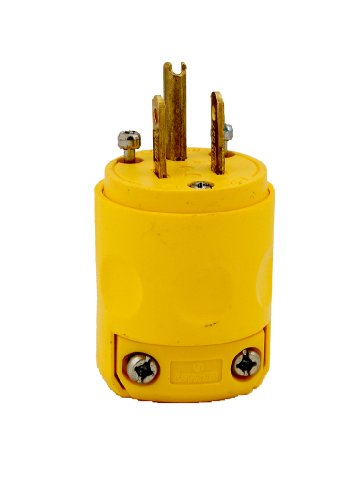
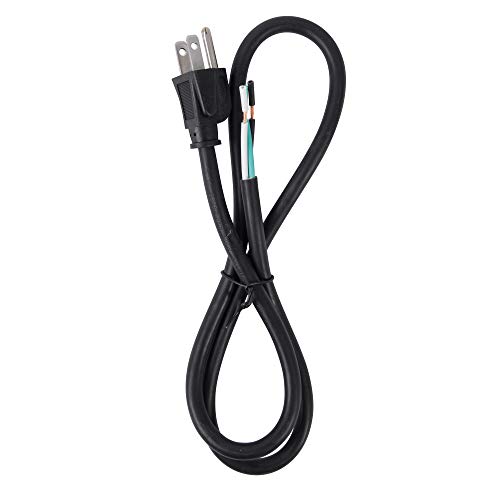
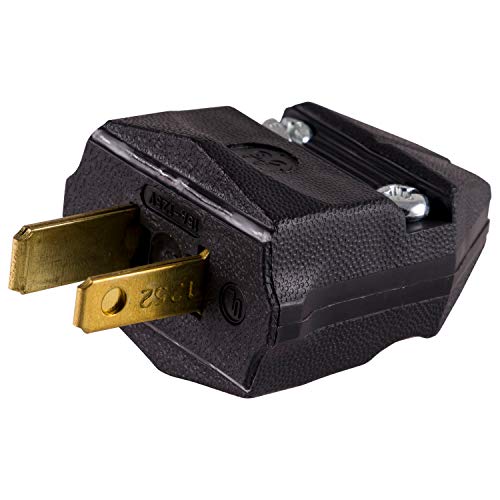
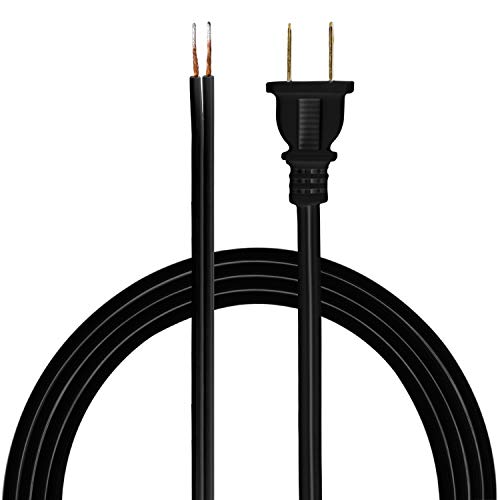
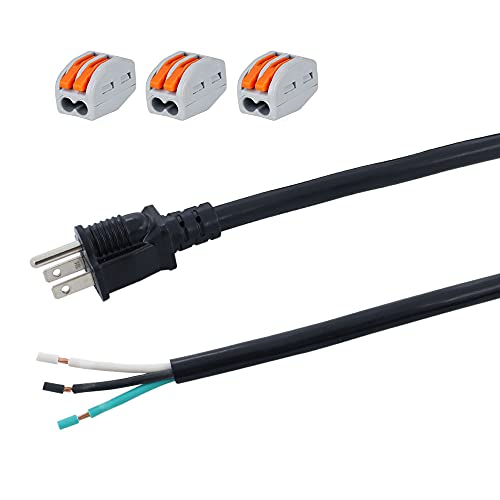
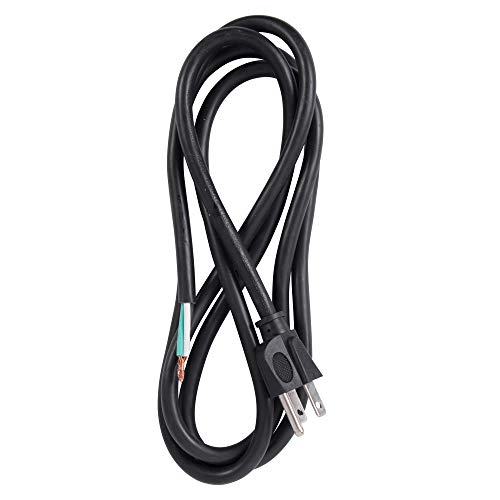
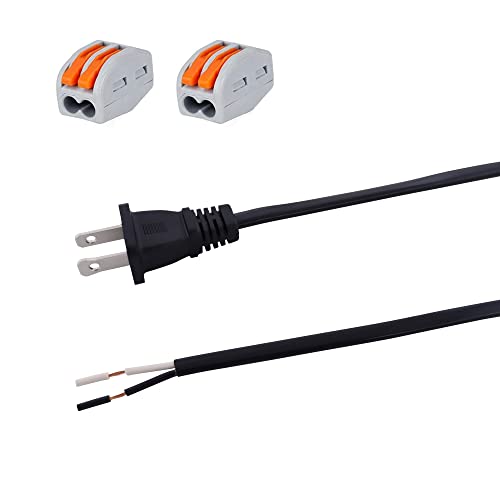
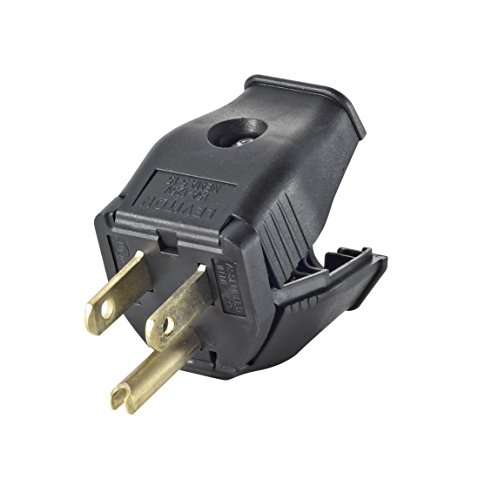
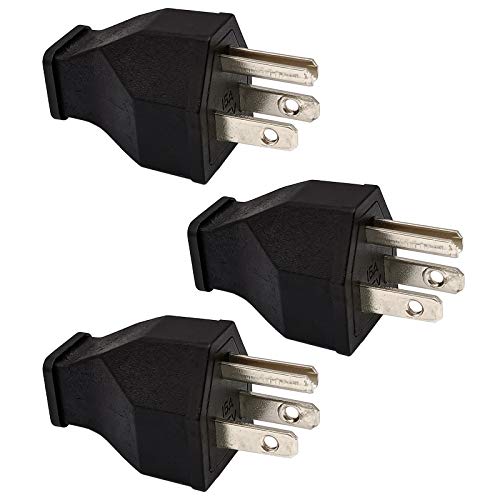
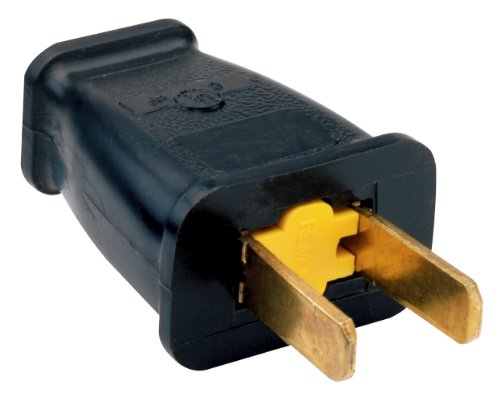
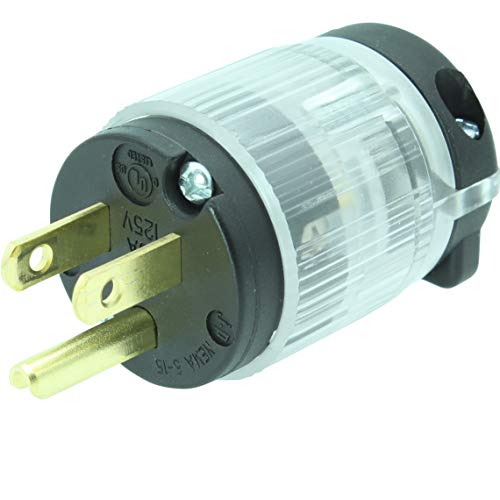
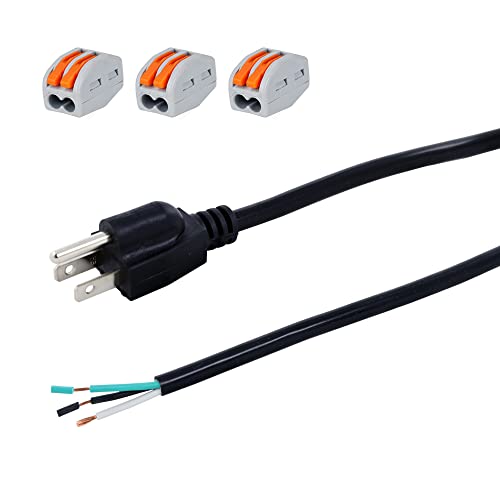
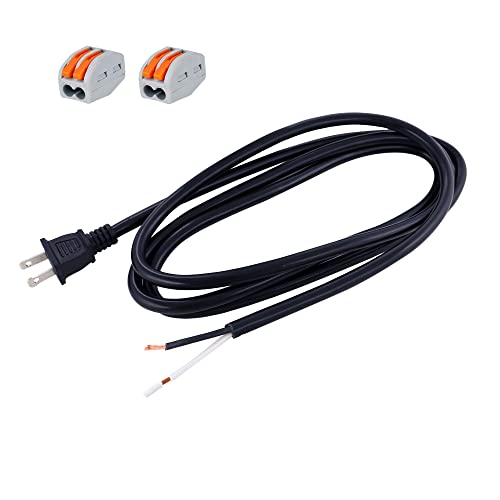
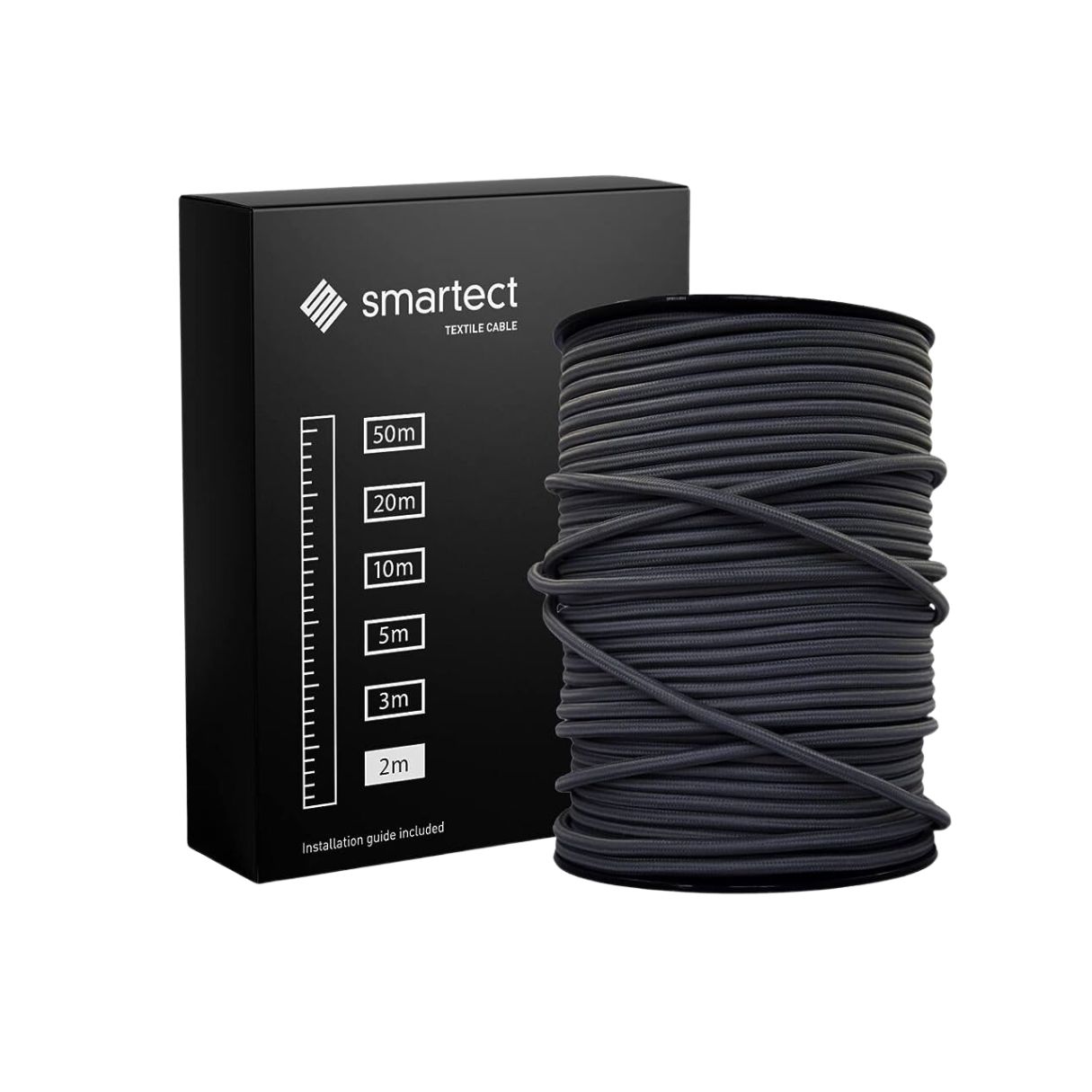
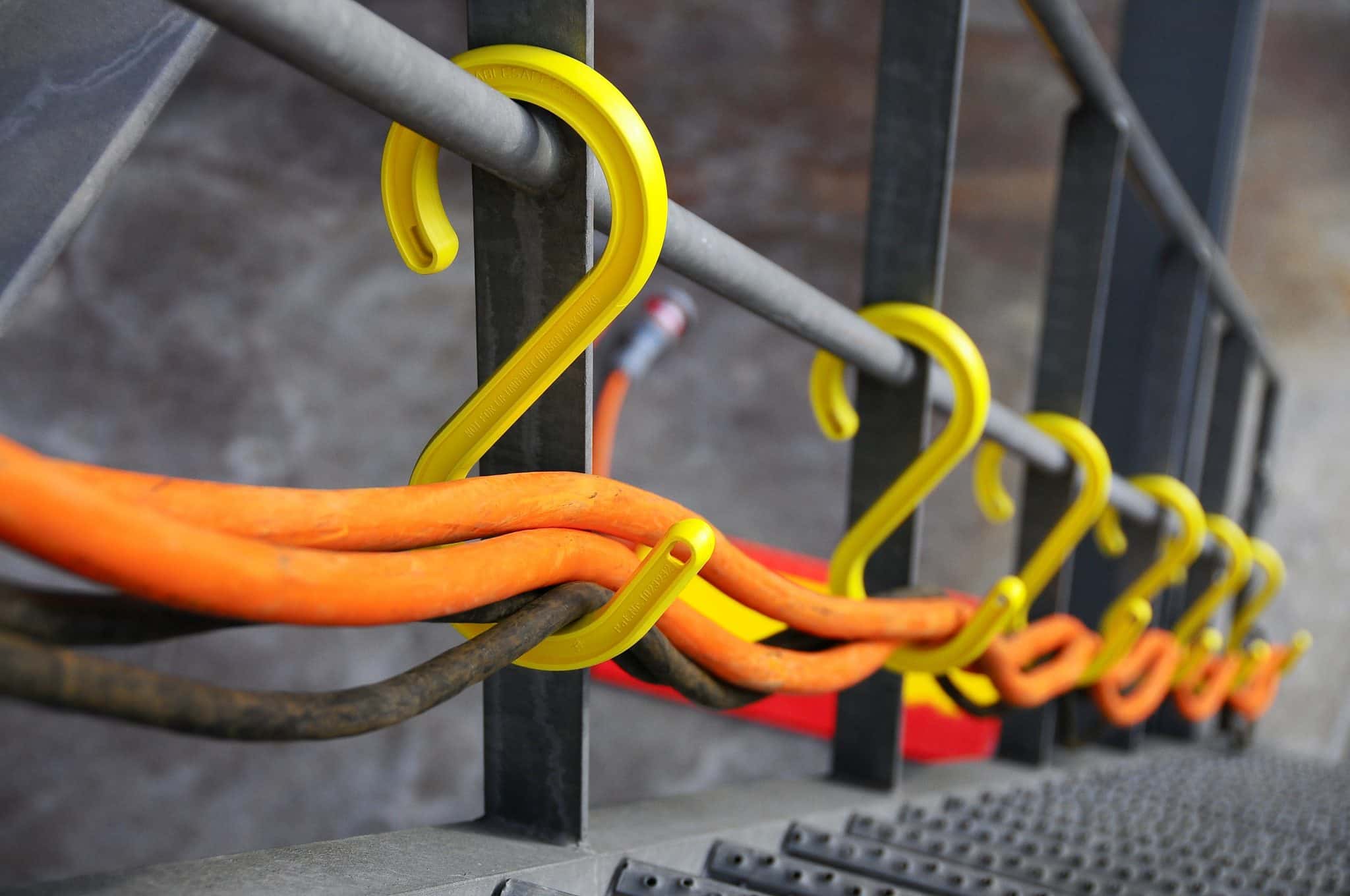
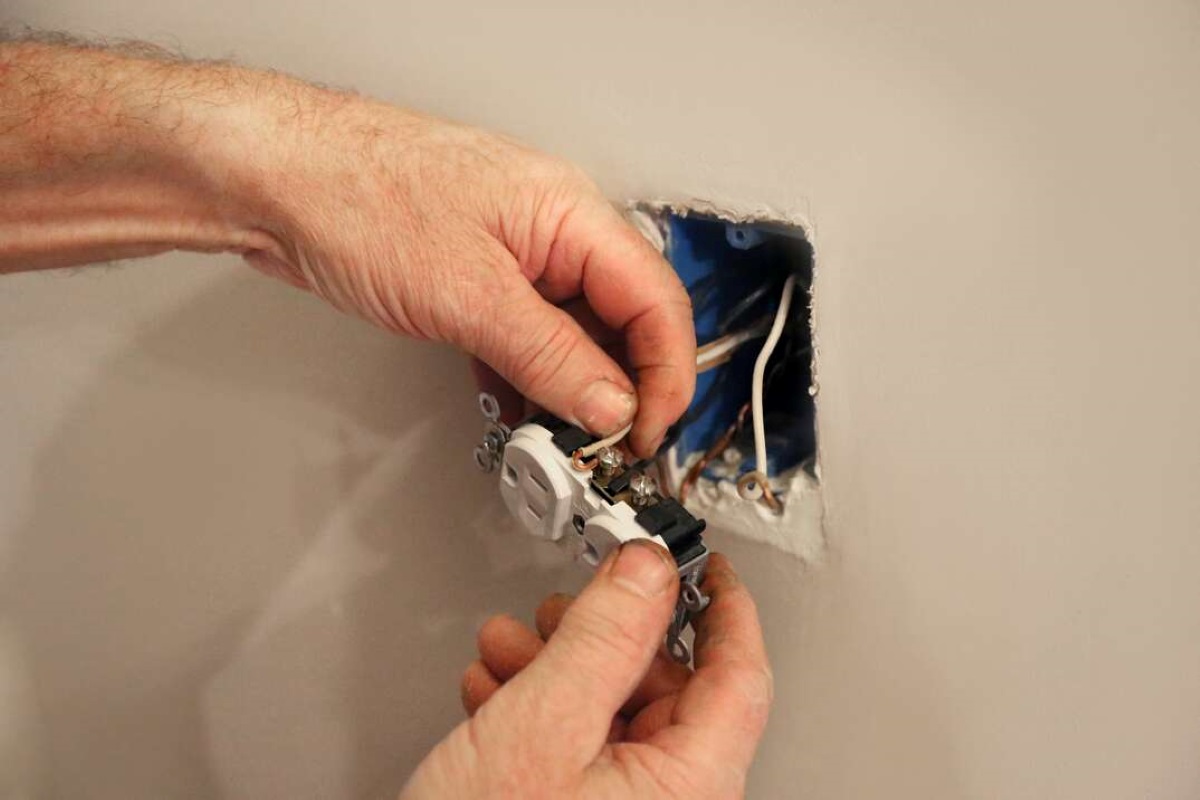
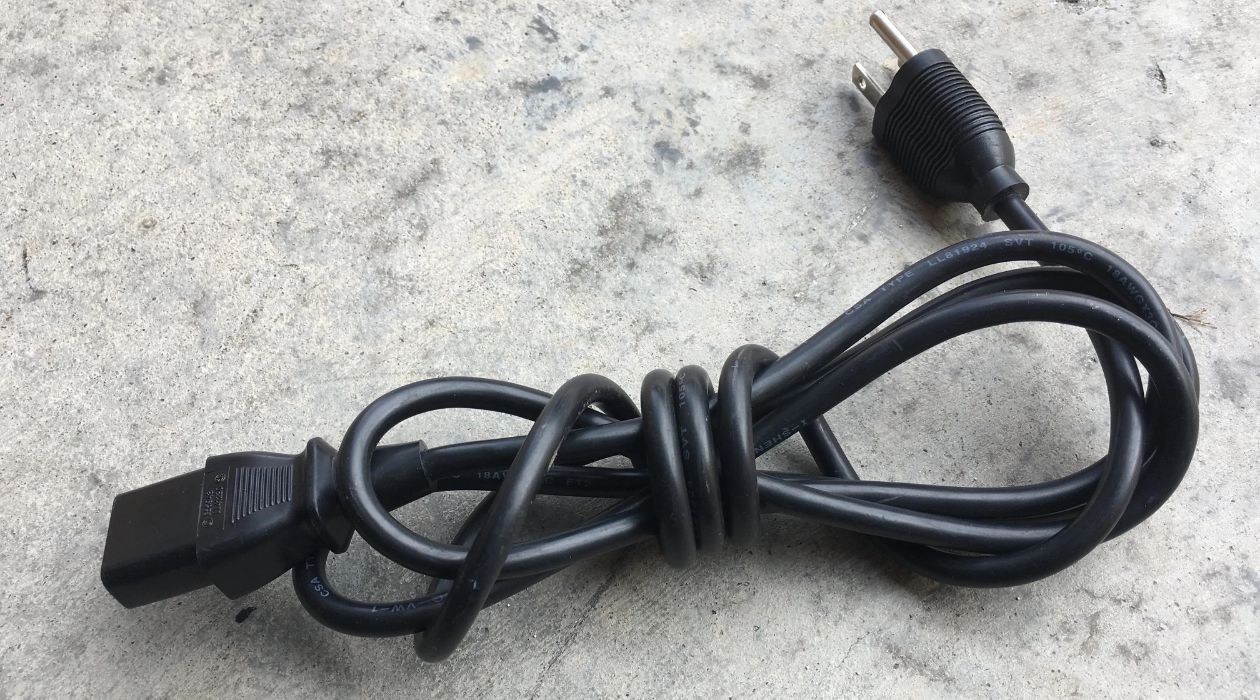
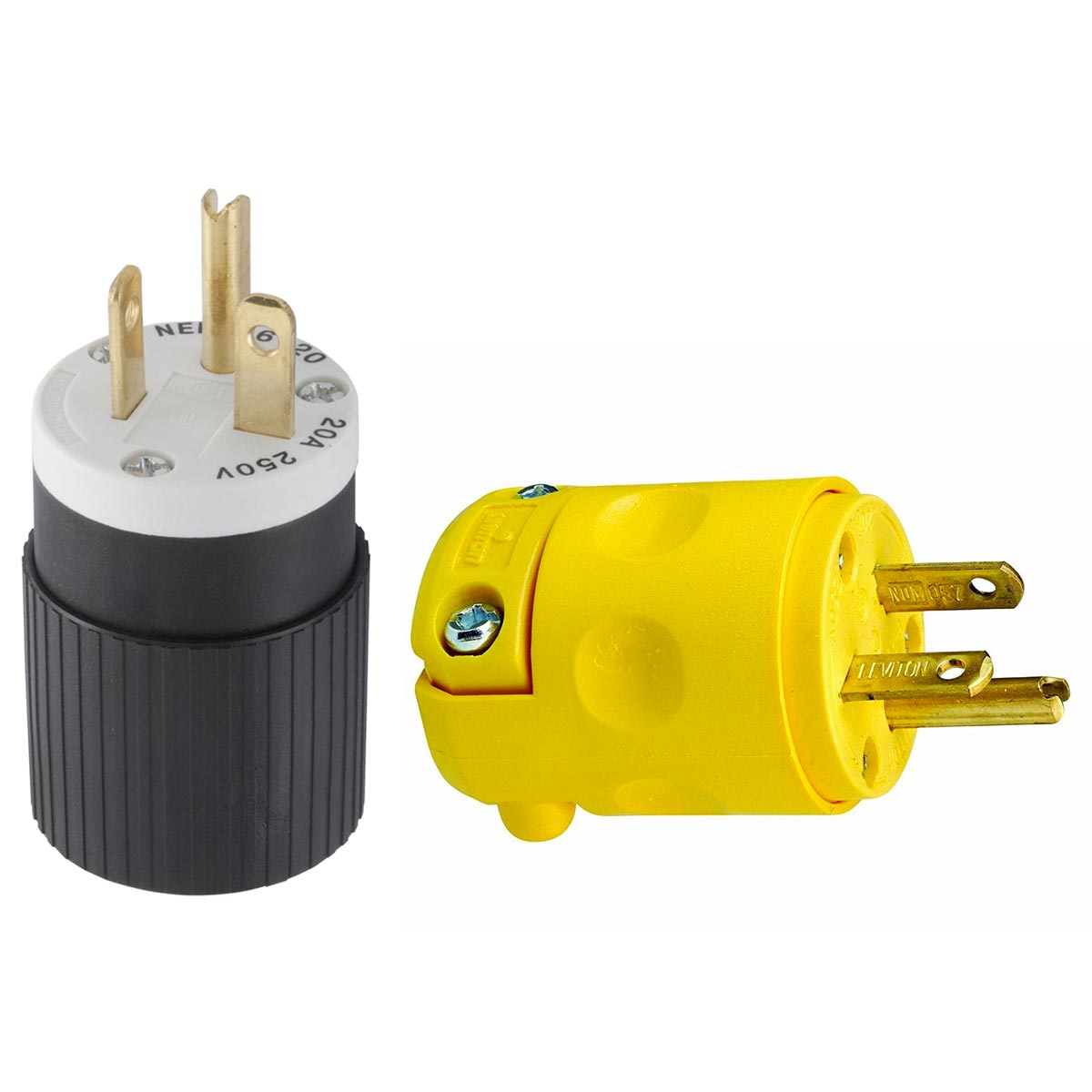

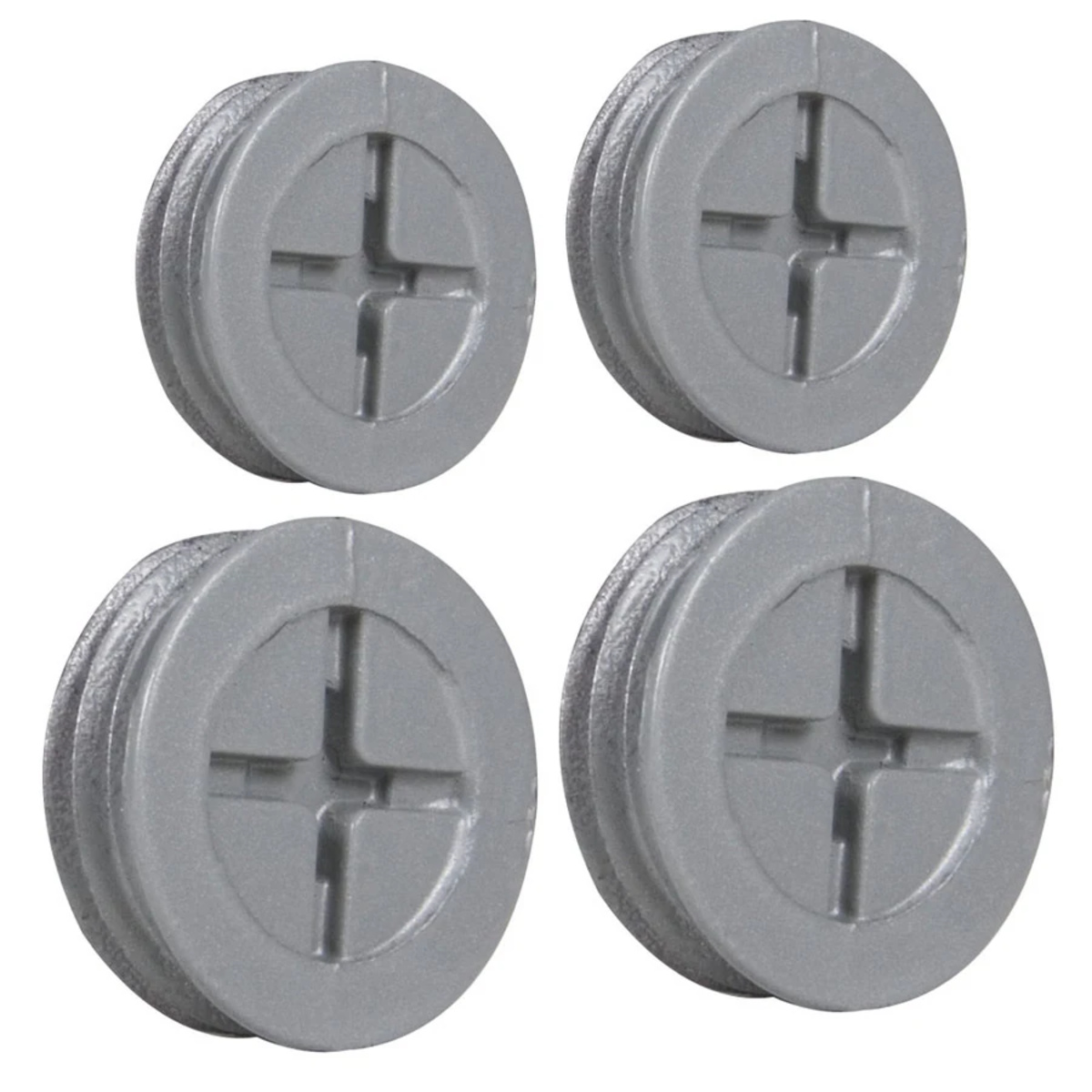
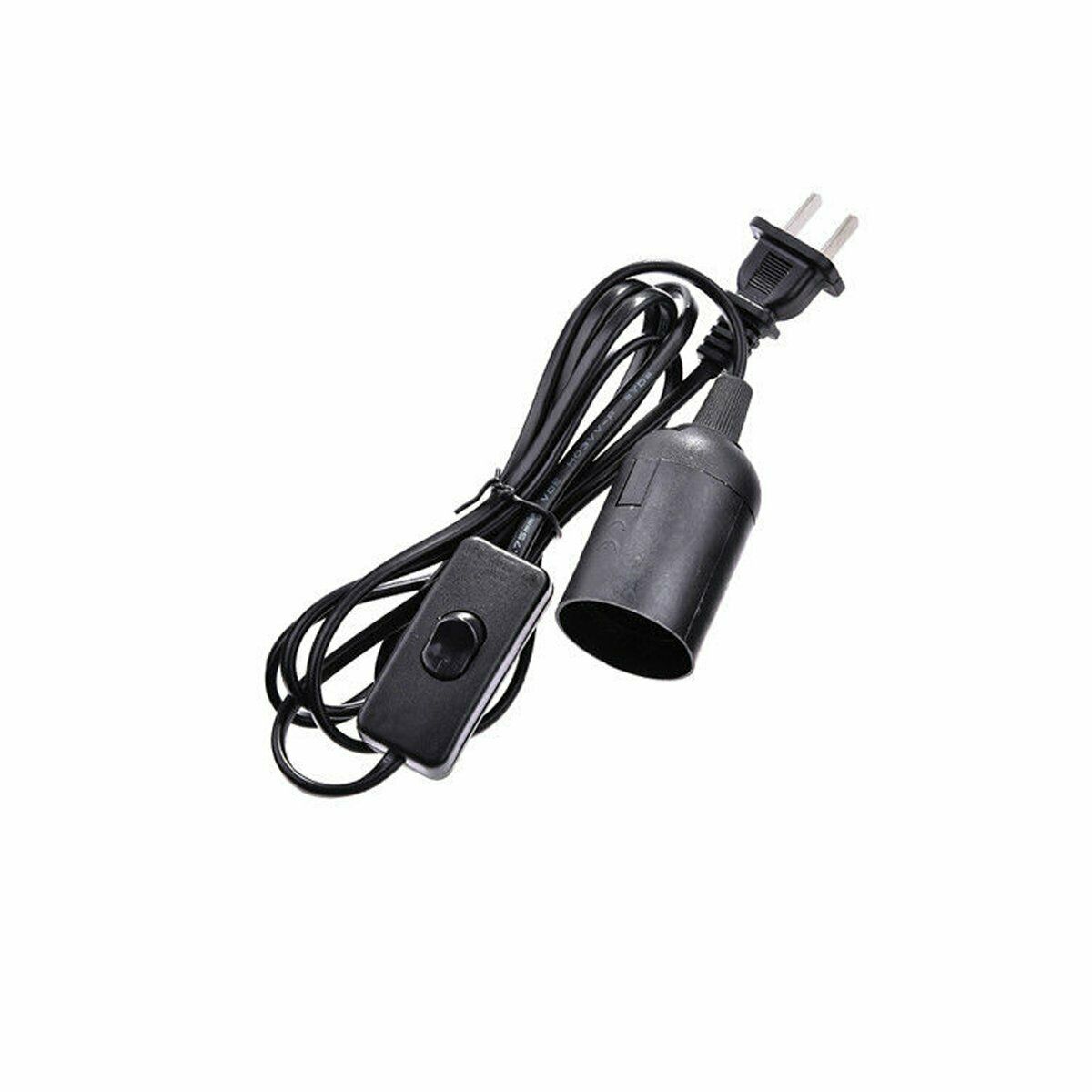
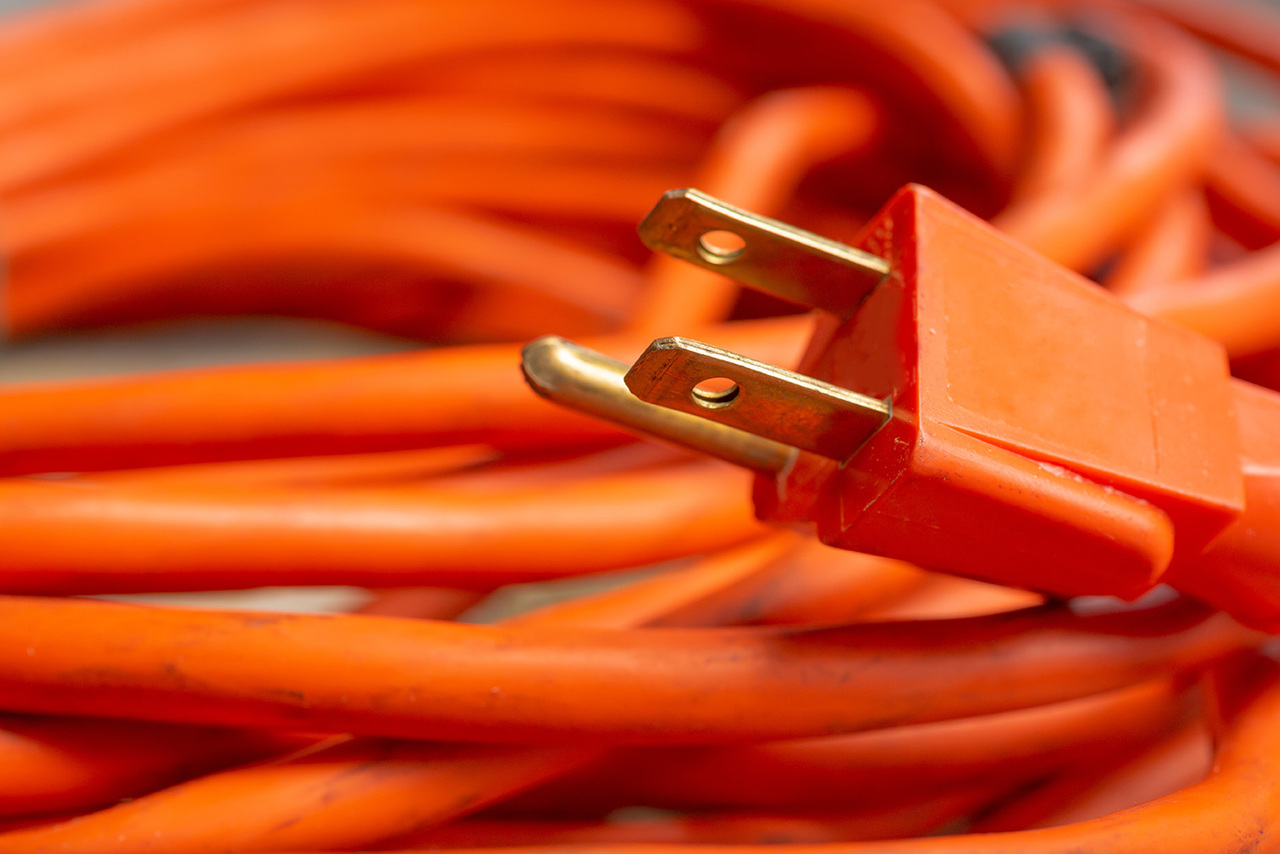
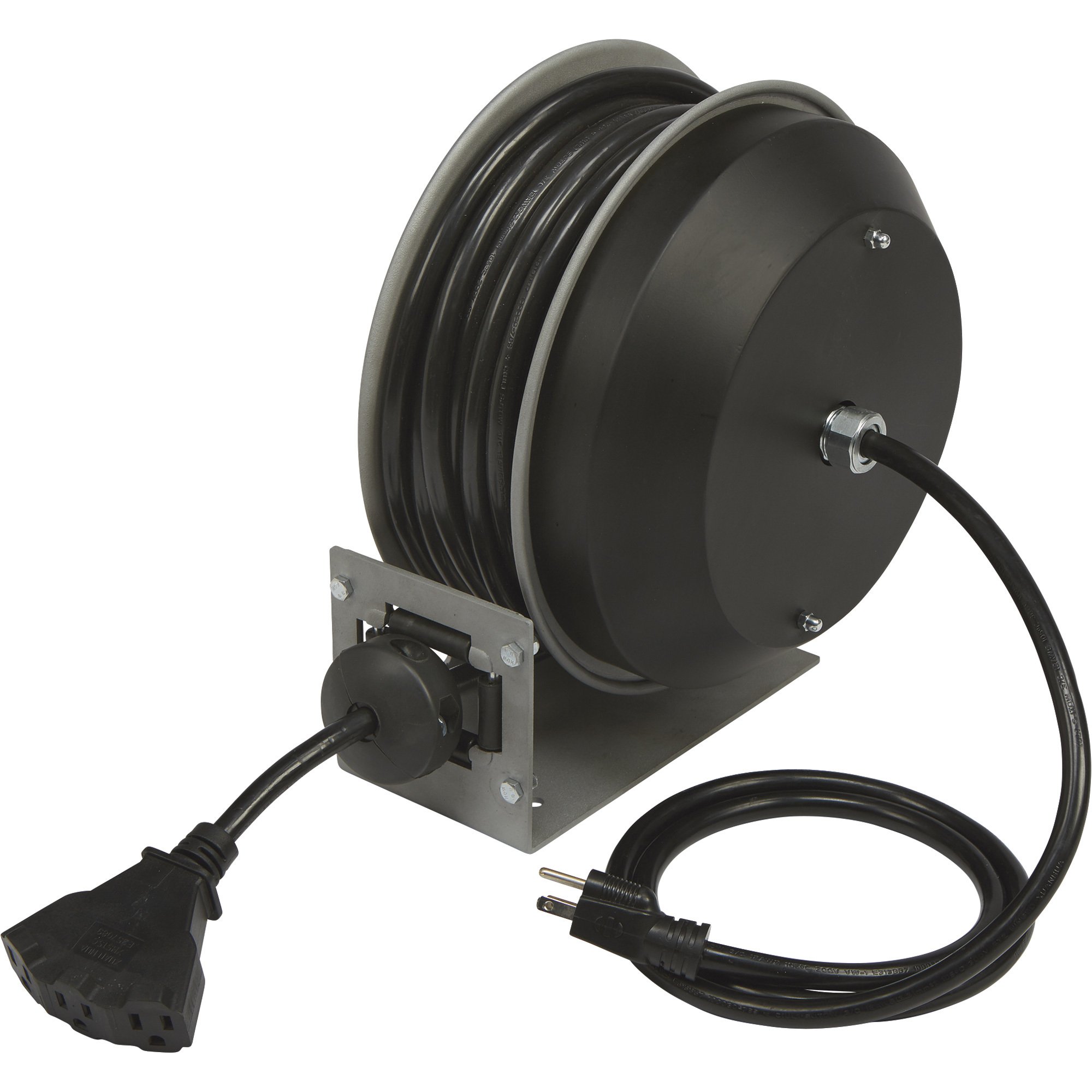
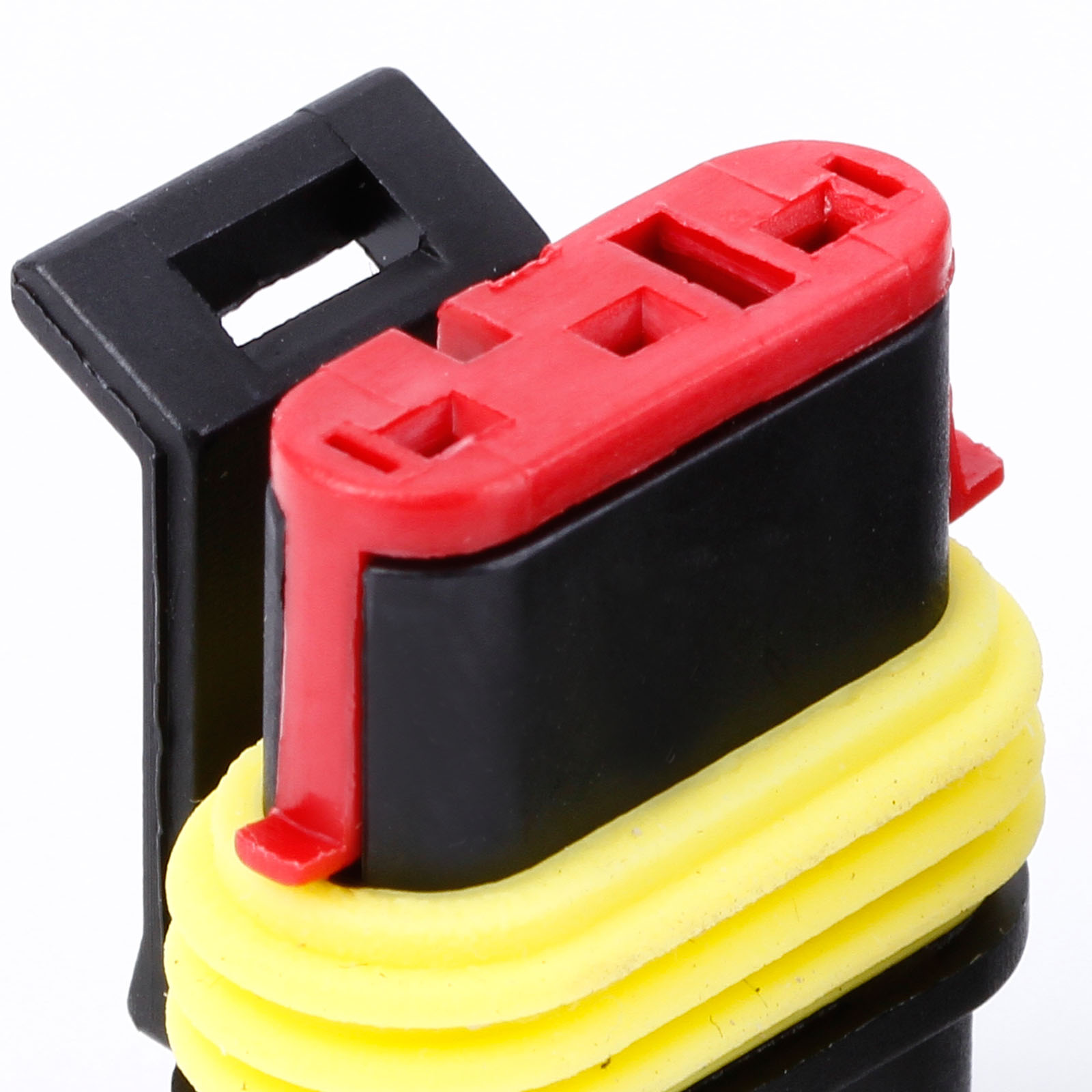
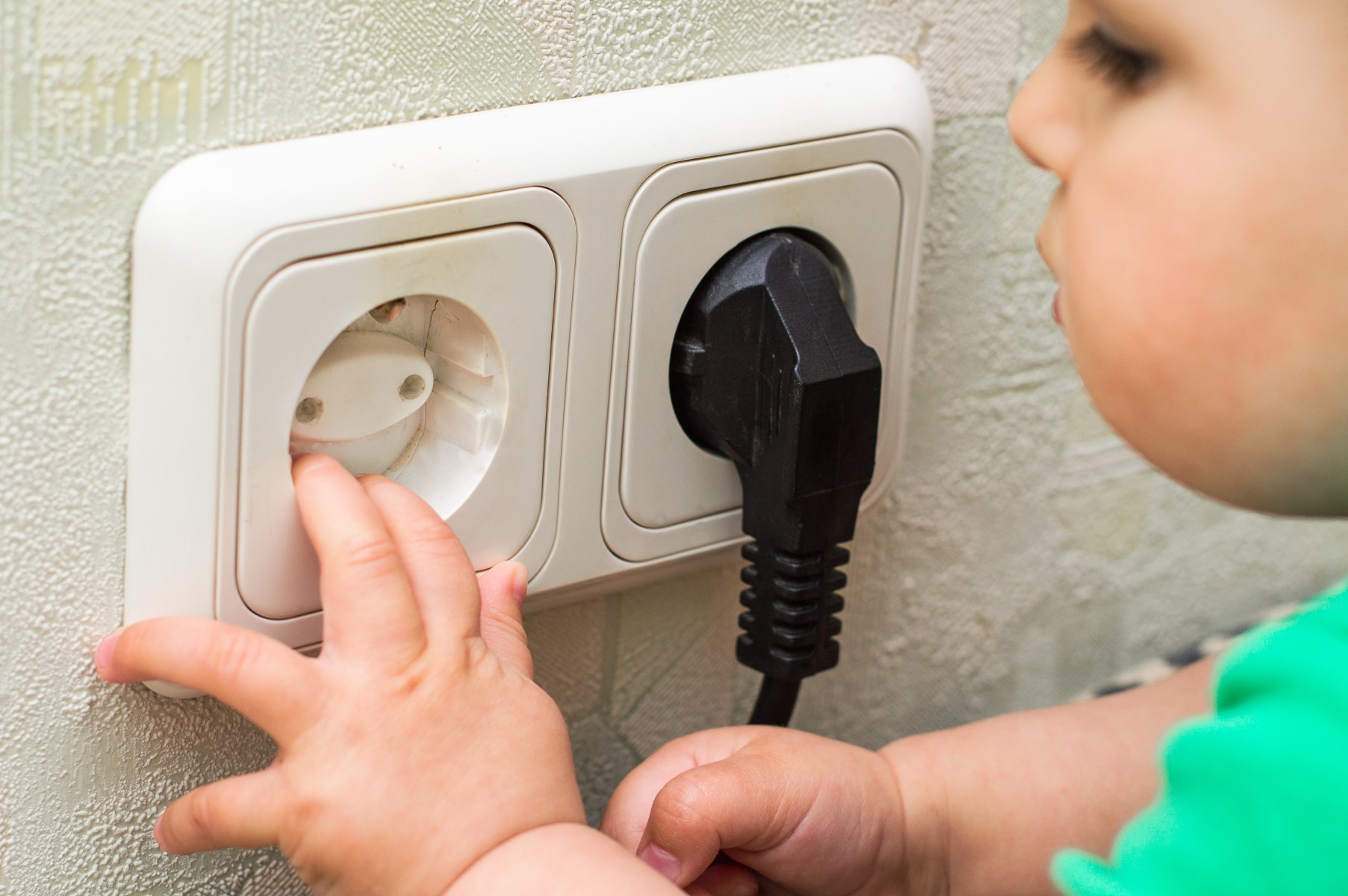
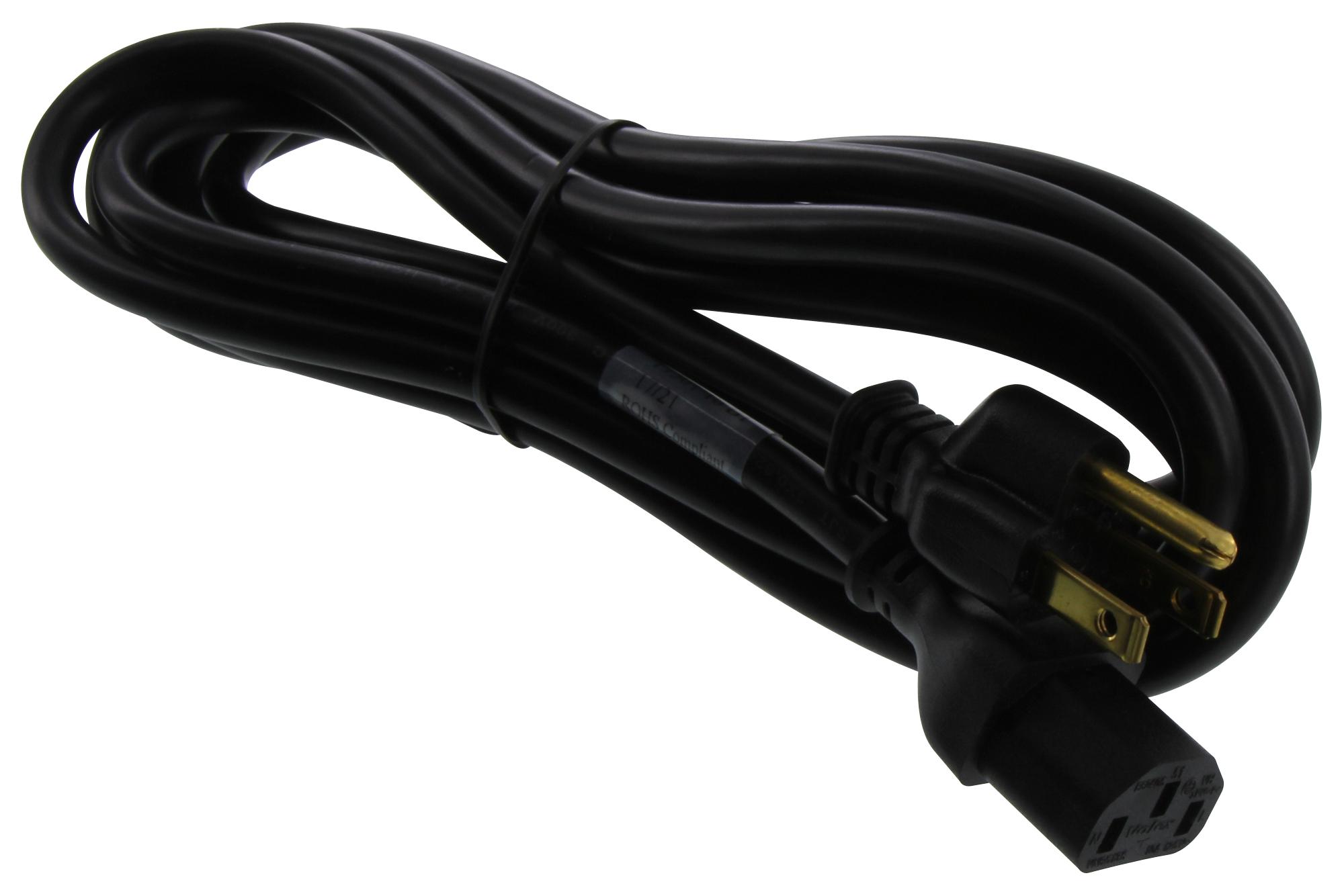
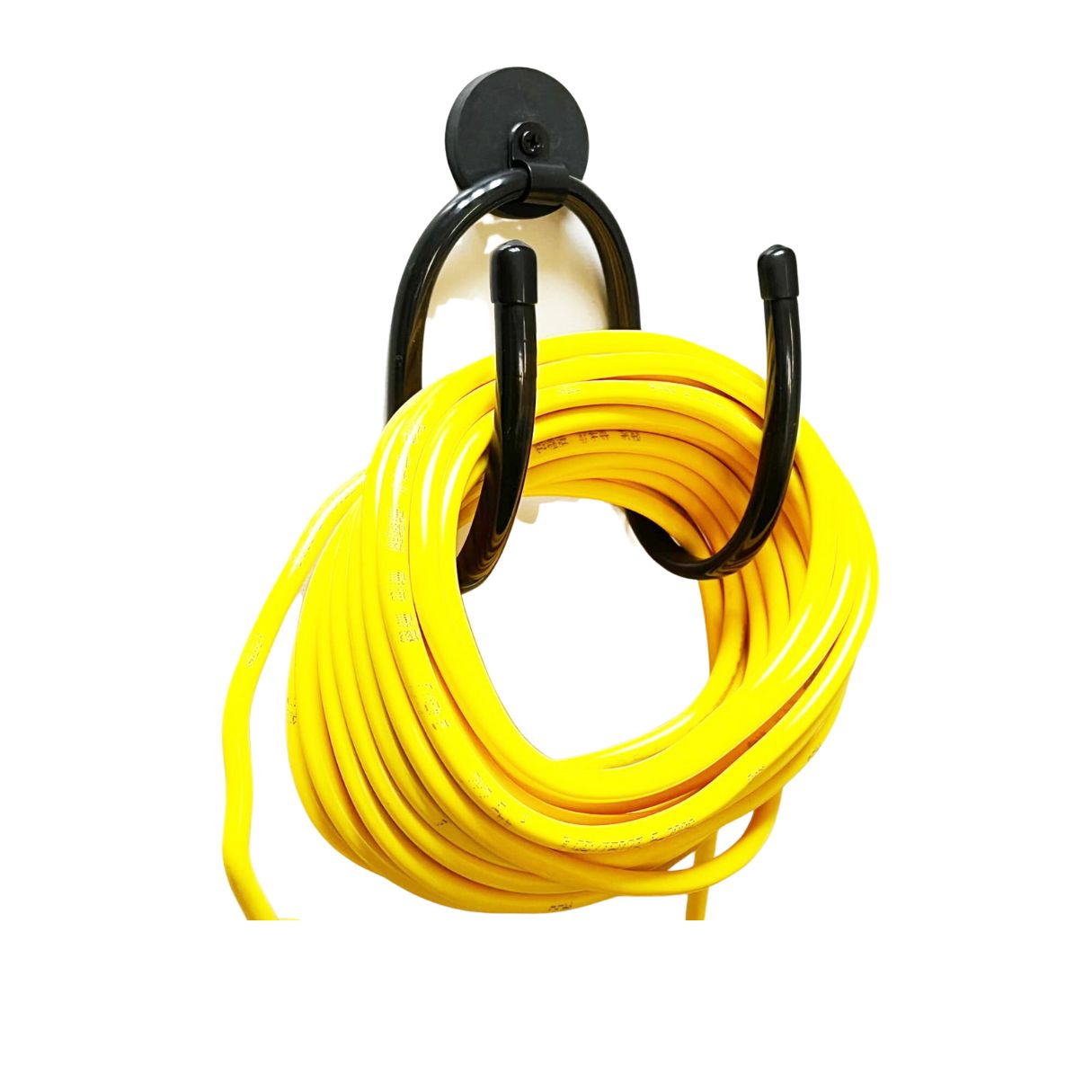


0 thoughts on “13 Best Electrical Cord Plug for 2024”